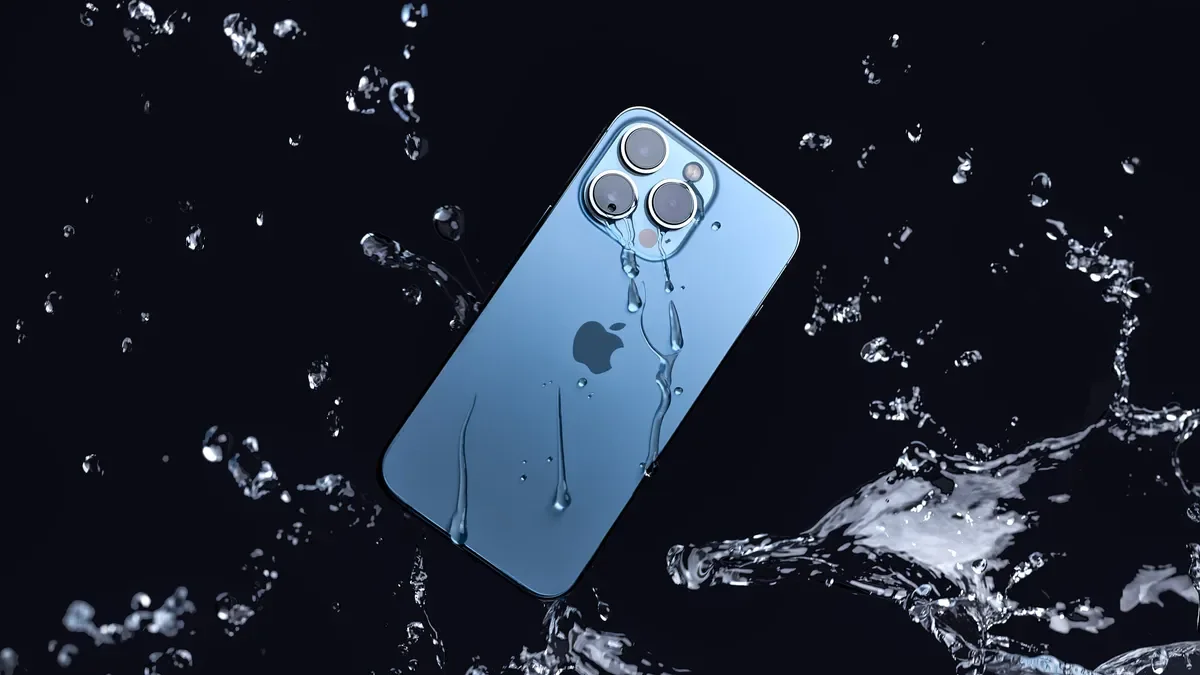Apple’s Strategic Move: The Headphone Jack Removal and the Rise of AirPods
Apple took one of the most dramatic decisions in the history of smartphones when, in 2016, it removed the headphone jack from its iPhone 7. This was seen as the step into the future and was widely met with confusion and frustration by consumers. Over time, however, it proved to be a masterstroke in marketing. Apple’s move, without question, helped dictate a change in the tech world and even went on to contribute to the definition of the wireless audio space.
Removing the Headphone Jack
The decision by Apple to remove the headphone jack from the iPhone 7 was met with skepticism. Critics and users alike were upset, arguing that the headphone jack had been a standard feature in smartphones for over a decade. Many questioned why Apple would make such a drastic change when the headphone jack was an essential part of the user experience.
But Apple presented its excuse as visionary. The company said it wanted to make the iPhone, now that it is making such an investment in the iPhone product, more water-resistant while having more room for another feature or two. Instead, Apple wanted to persuade customers to use the future of the headphone-audio market through its wireless AirPods.
The Water-Resistant Argument
Apple highlighted that the headphone jack is removed to make the iPhone 7 more water-resistant. The corporation argued that because it is a port, it could possibly allow water into the device where it would cause problems for all the internal components. Removing this port would result in Apple saying that this would make the iPhone more tough and resilient against water-damage.

Back then, people actually believed this; maybe because of Apple thinking ahead of everyone to future-proof the iPhone, but now we know water resistance is becoming a more normal feature in smartphones. Criticism, however, didn’t take long to present an interesting flaw in the explanation Apple was giving: the charging port of the iPhone still remained and could let the water inside. In turn, this decision to remove the headphone jack did not have much to do with water resistance.
The Real Reason: Enter Wireless AirPods
While Apple sold the notion of water resistance and the future of mobile tech, the real intention for removing the headphone jack lay more in the commercial aspect. When the jack was out of the picture, a new wireless earbud technology by Apple came into action with AirPods. This indeed proved to be a desperate step to dominate the increasing yet still largely unexploited market of wireless audio equipment.
By removing the headphone jack, the company created a vacuum that their proprietary wireless earbuds were perfectly positioned to fill. Apple designed the AirPods, and they were launched as an ideal solution for users to hear music wirelessly without the hassle of tangled cords. AirPods picked up fast, with sales surging to over $12 billion, making it one of the most profitable lines Apple had ever launched.
The Samsung Galaxy and Water Resistance
Curiously, however, the same move of Apple has been labeled as innovation whereas Samsung was already selling water-resistant phones but still keeping a headphone jack. Samsung Galaxy, particularly its S7 version had IP68 rating which makes it completely safe even to immerse it under water, and hence there wasn’t a need to sacrifice the headphone jack, in this way, users really get a question mark at Apple’s argument that somehow their headphones are at stake or that such an argument may be misleading.
Samsung’s phones were already water-resistant with the headphone jack in place, making Apple’s decision to remove it look more like a business move rather than a genuine push for innovation. This disparity between the two companies’ approaches further fueled the debate about whether Apple was truly thinking about the future or just looking to make more money.
The Solution Apple Provided: AirPods
While many were initially unhappy about the removal of the headphone jack, Apple provided a solution through AirPods. These wireless earbuds became a phenomenal hit, easy to use, portable, and with excellent sound quality. No more tangled wires: this made the experience much easier.
Moreover, Apple made pairing with the AirPods extremely easy. The moment the AirPods were removed from the charging case, they automatically paired to the user’s iPhone. Therefore, the whole process was very smooth and hassle-free. With the AirPods’ sleek design and impressive functionality and the convenience of wireless audio, it is no wonder that the device became a hot commodity.
The AirPods: Not Without Their Flaws
AirPods, although successful, were not without their problems. One of the most significant issues with these wireless earbuds was the battery life. While AirPods offered several hours of listening time on a single charge, their batteries began to degrade over time. As with any device that relies on rechargeable batteries, users found that after 2-3 years of use, their AirPods’ battery life would significantly diminish. This would mean users would have to replace the batteries or purchase a new set of AirPods.
This brought forth another problem with the user’s experience; though they did not have to untangle the wire anymore, they now have to contend with the depletion of their battery. How would a person deal with a run out of battery on his AirPods when they are at the middle of their daily commute or while they are working out? That is something that frustrates some of the users especially because there is no way one can change the battery.
The Apple Scam Scandal
Others argue that taking the headphone jack away from consumers is a scam. The thought was that Apple used its idea of removing the headphone jack in a way to force other stuff it had, such as AirPods, into consumers’ lives. As much as the headphone jack was taken away under this argument, it still brought about the opportunity to increase the sales of Apple of its wireless accessories.
It managed to pocket huge profit from AirPod sales at around $12 billion as Apple was forced to turn off all users towards wireless headphones. Apple was seen to be manufacturing a problem that didn’t exist previously and then presenting it as a solution to them using their product. It is an innovative and profitable but, of course, controversial move made by the company with a great question to ask of their true intention.
Change in Consumer Trend
However, over time, Apple’s strategy started paying off. As AirPods kept going mainstream, the whole world started copying, and everyone brought out his new wireless earbuds. This also marked the final end for the old wired headphones. On the contrary, even though the Apple decision received criticism, it demonstrated the robustness of the company in moldings the future of technology.
Conclusion: Right or Wrong – Apple?
Looking back, it appears that the move made by Apple to eliminate the headphone jack was both intelligent and controversial at the same time. While this was marketed as a step forward in mobile tech, it was met by many users questioning its motives and whether this was a strategy to make way for better innovation or simply a time to cash in on additional wireless sales.
Even though it faced much initial criticism, the decision paid off well, as AirPods have turned out to be one of the company’s best products. Removing the headphone jack led to a new wireless audio revolution, which may have been a little bumpy but cannot be denied to have changed the game for Apple.
Ultimately, it wasn’t so much improving the user experience that Apple did, but instead about finding a new revenue stream. That being said, the bold move from Apple to eliminate the headphone jack laid the foundation for the wireless world we are surrounded with today.
For More Blogs visit out Blog Page







